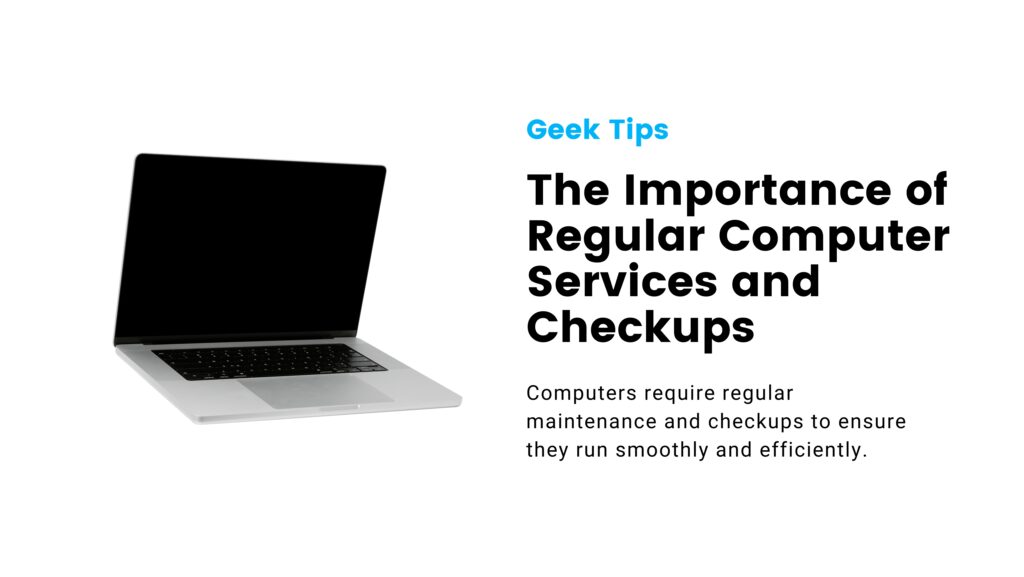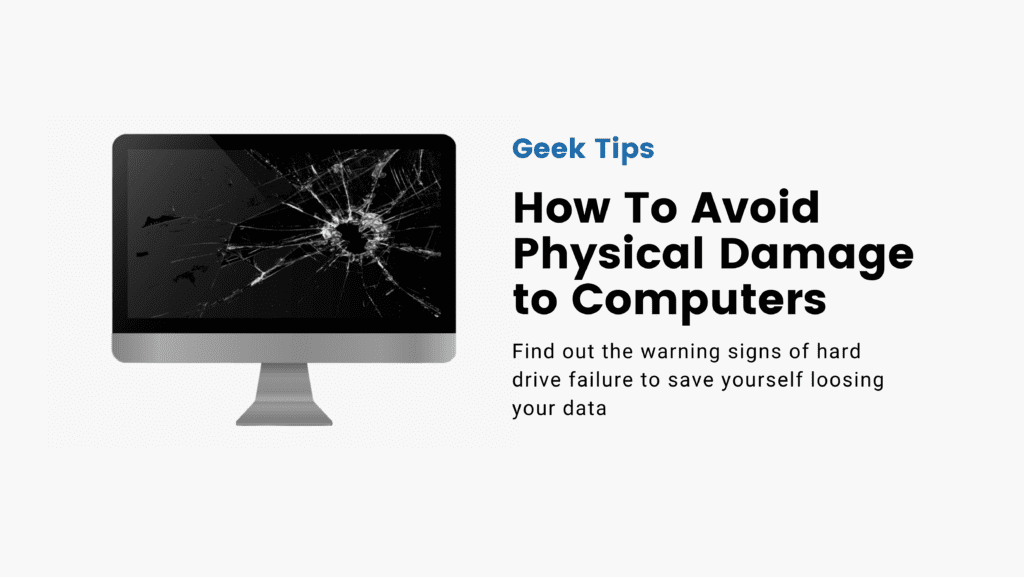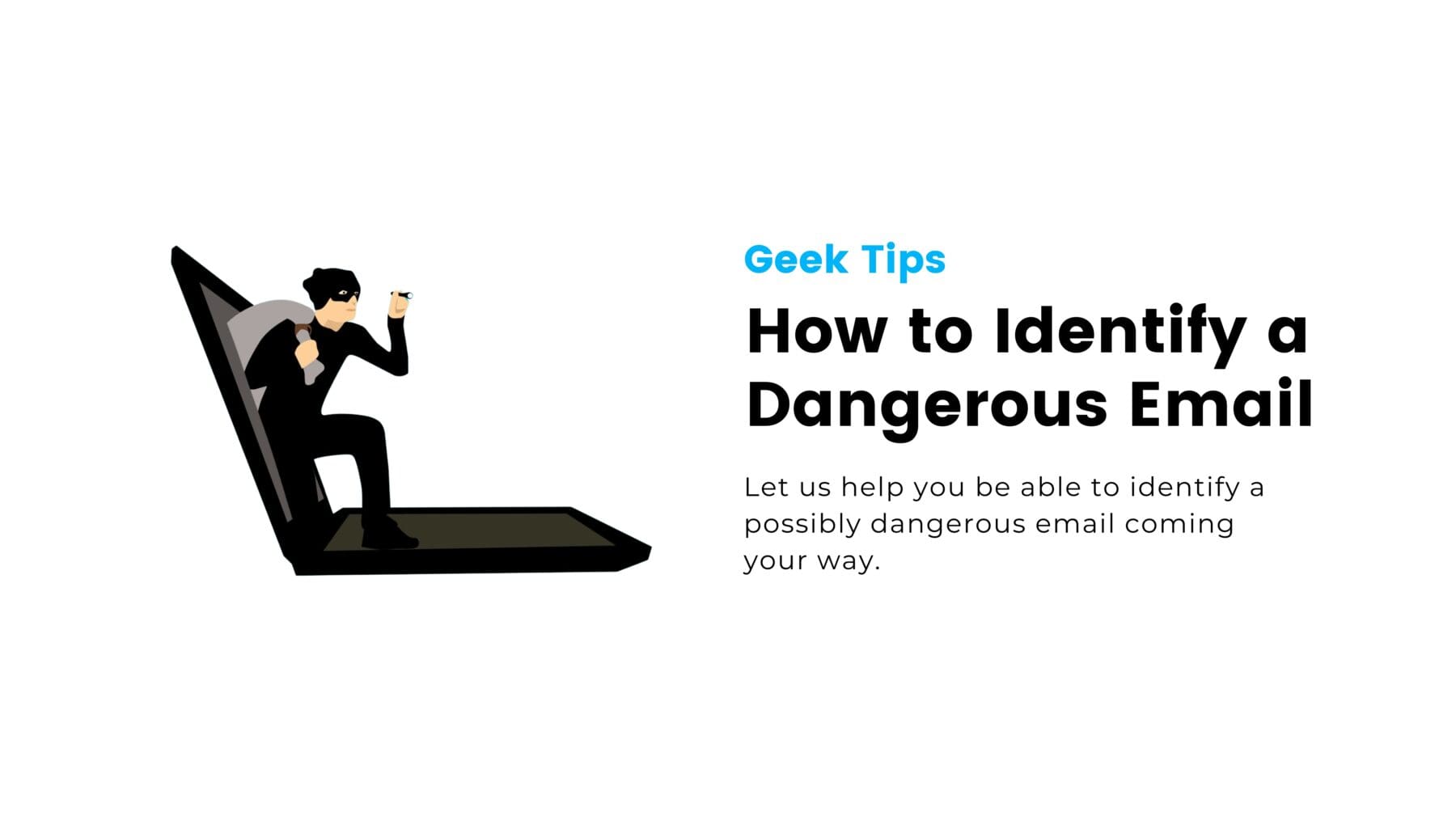How to identify a dangerous email
Some email threats are harder to spot than others, you can assume an email is dangerous if you notice any of the following common signs.
Strange sender information
Any messages sent from strangers or lists to which you have never subscribed to are cause for concern, but you should be more wary of “normal” looking addresses, too. In an effort to get you to open an email, a lot of hackers commonly pose as reputable companies such as banks and stores. Double-check the address to be sure there are not any strange characters in the sender address like unnecessary commas and periods, misspellings, or added numbers inconspicuously hiding in the sender’s email address.
Harmful attachments
A majority of dangerous emails contain an attachment. While not all attachments are harmful, you should be extremely cautious if you were not expecting to receive an attachment via email. Files can contain viruses and other malware designed to attack your computer once downloaded and opened.
Personal Information
One of the most common email scams is phishing. A phishing email will ask you to provide personal information such as credit card numbers, passwords, or account information. These emails usually rely on creating a false sense of urgency or giving information that seems too good to be true. These are all tactics to access your information. To avoid phishing emails, never give out your personal information via email.
Suspicious links
Emails containing links you do not recognize or were not expecting to receive is another sign of a dangerous email. Most dangerous links will either be incomplete, to a site you have never heard of, or even jumbled letters and numbers. Before even thinking about clicking on any links, ensure you hover your mouse over the link to preview the URL safely.
What to do with dangerous emails
Once you’ve identified a possible threat in your inbox, take the proper steps to avoid falling victim:
- Delete the email from your inbox and consider marking the sender as spam.
- you can also go the extra step by downloading additional anti-spam or anti-virus protection on your computer
But If you fear you’ve accidentally opened a harmful email, don’t hesitate to consult the experts for help keeping your information safe! Contact Geek Helpline to increase your cybersecurity practices and ensure you avoid other Scams, viruses and malware attacks.






